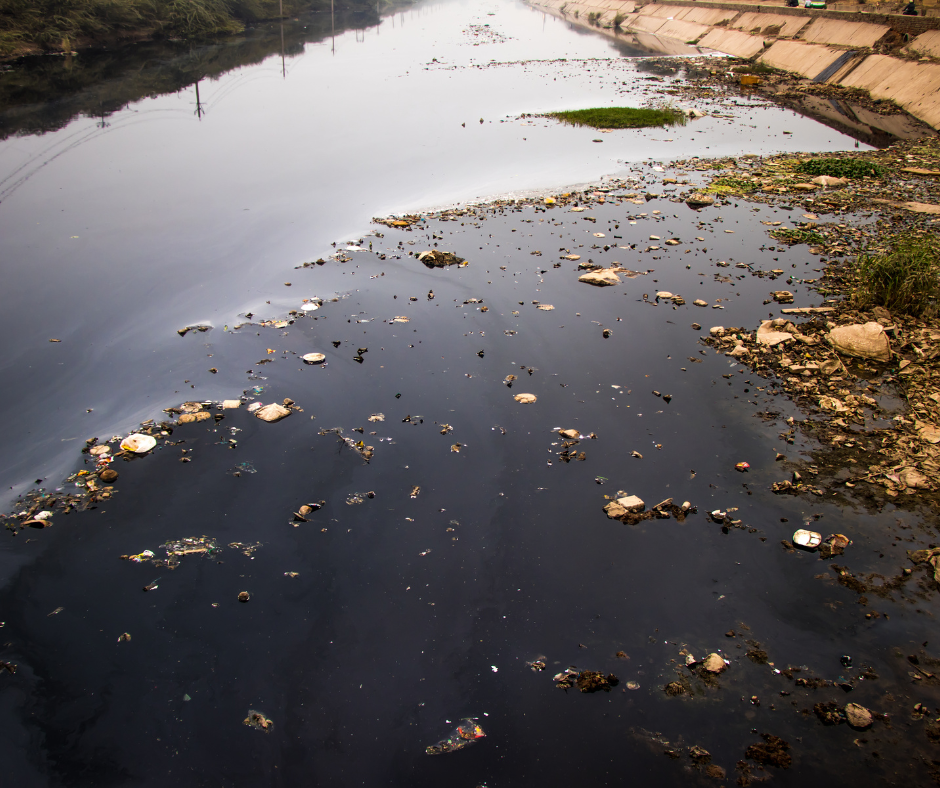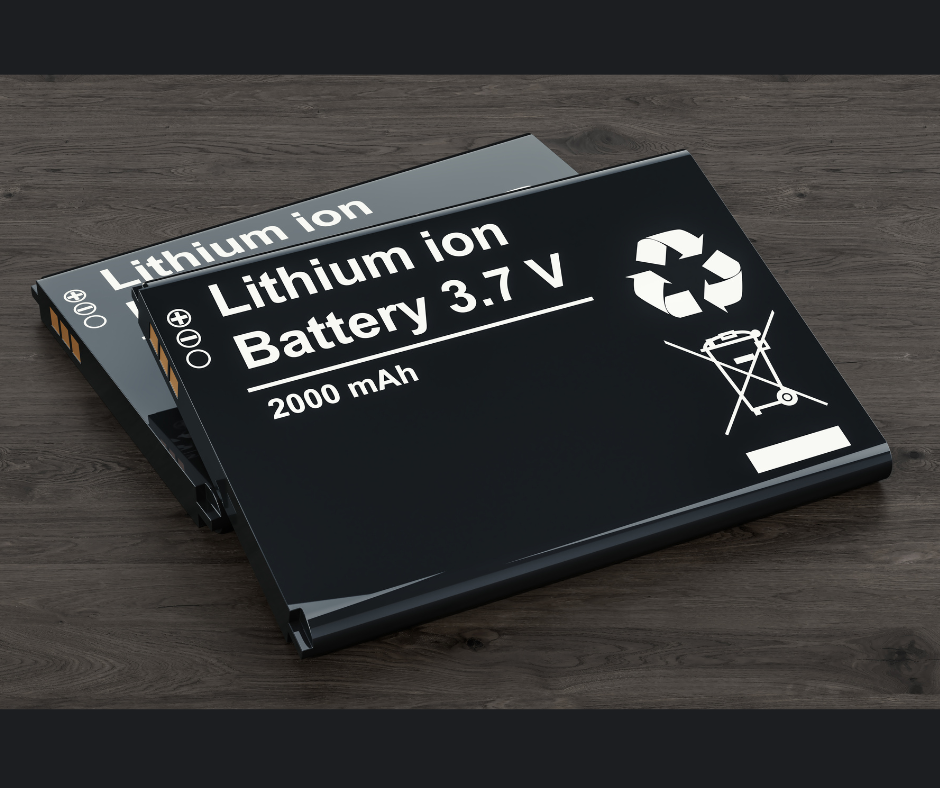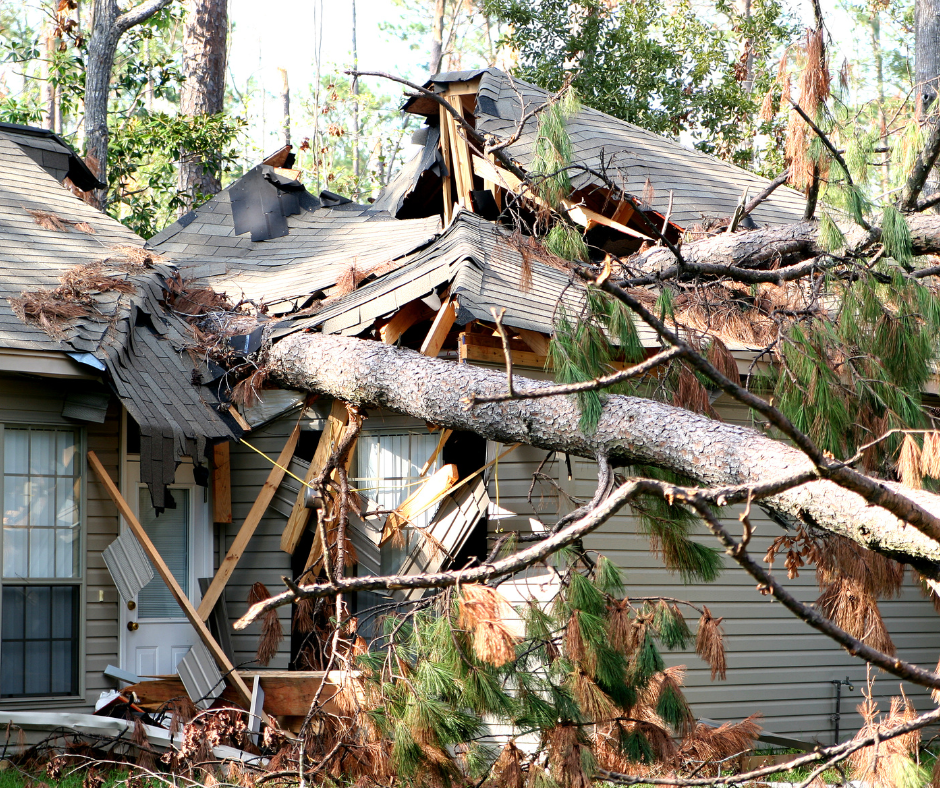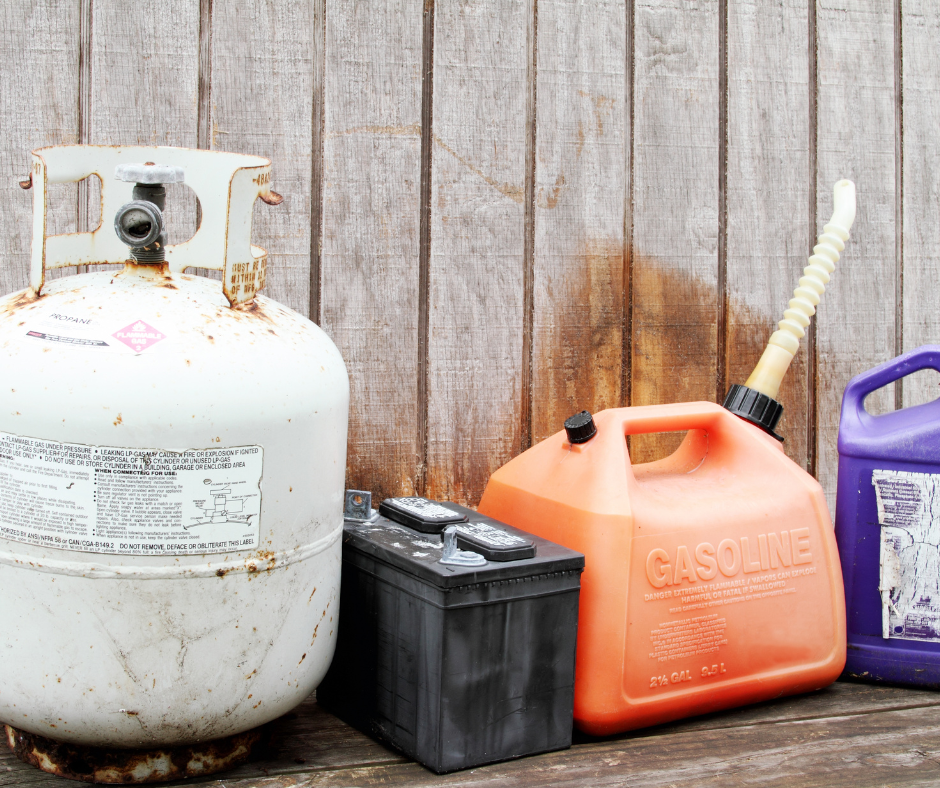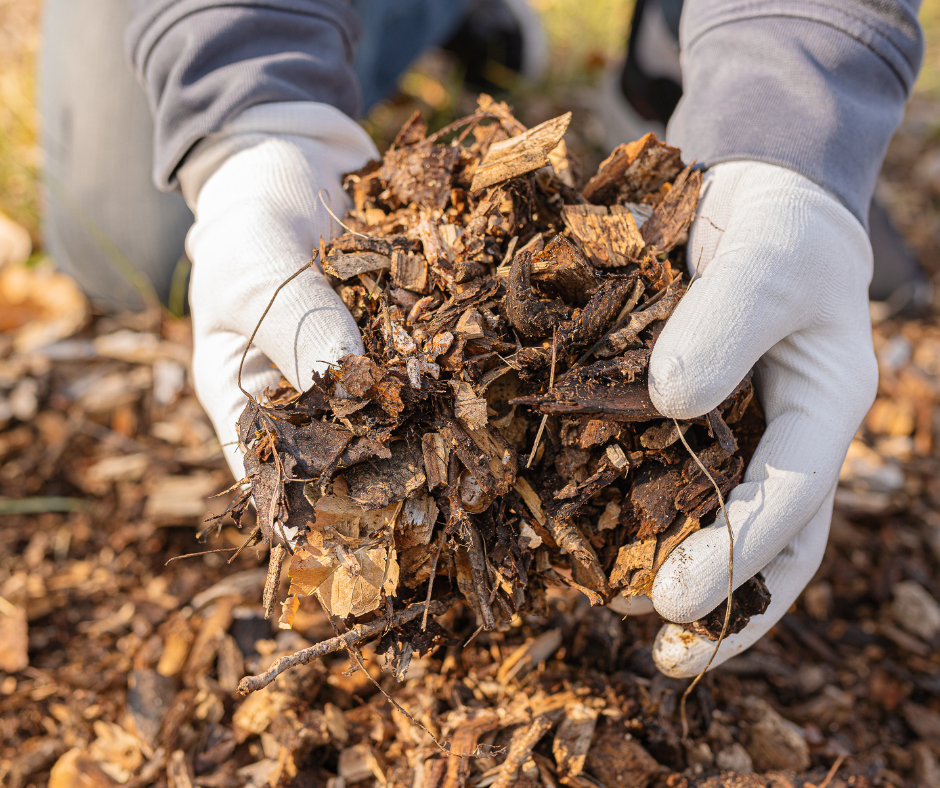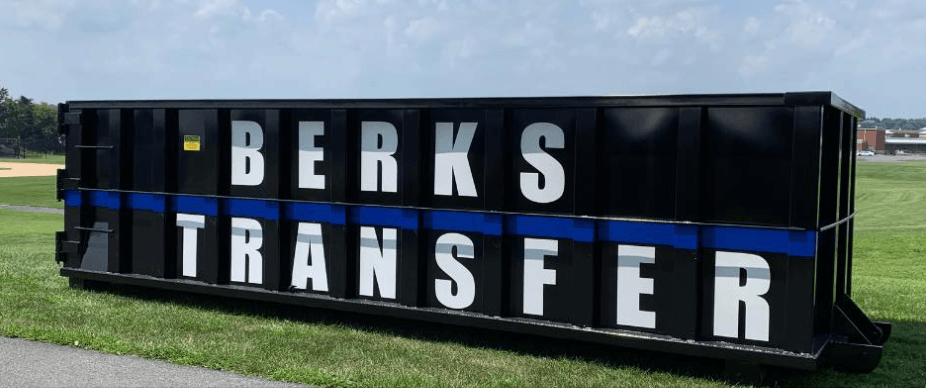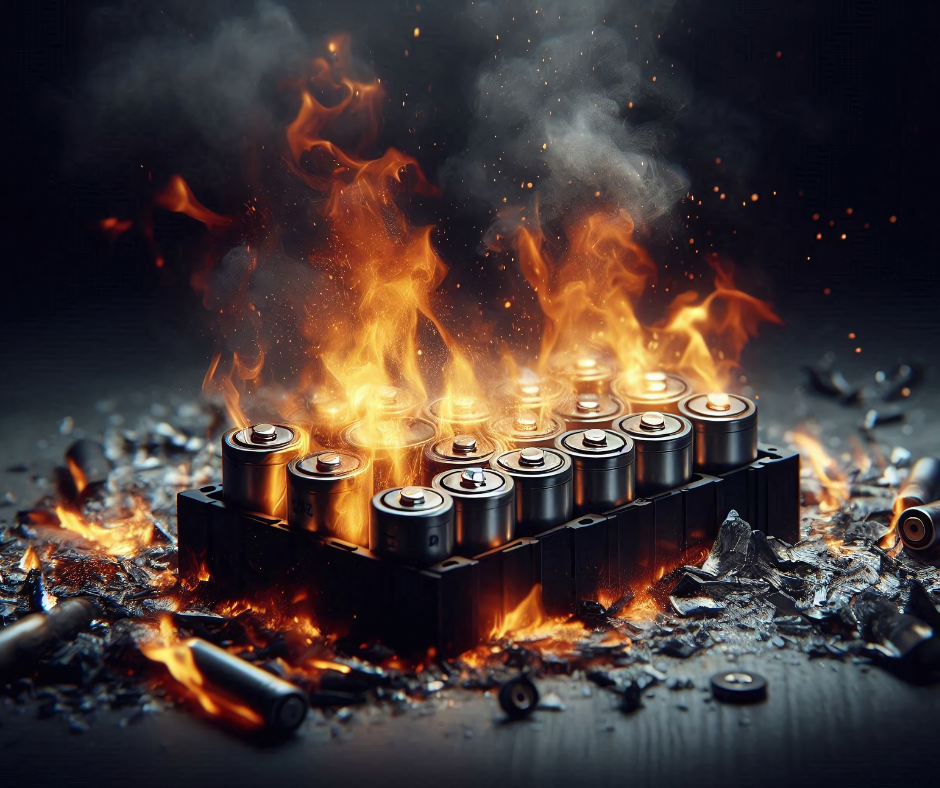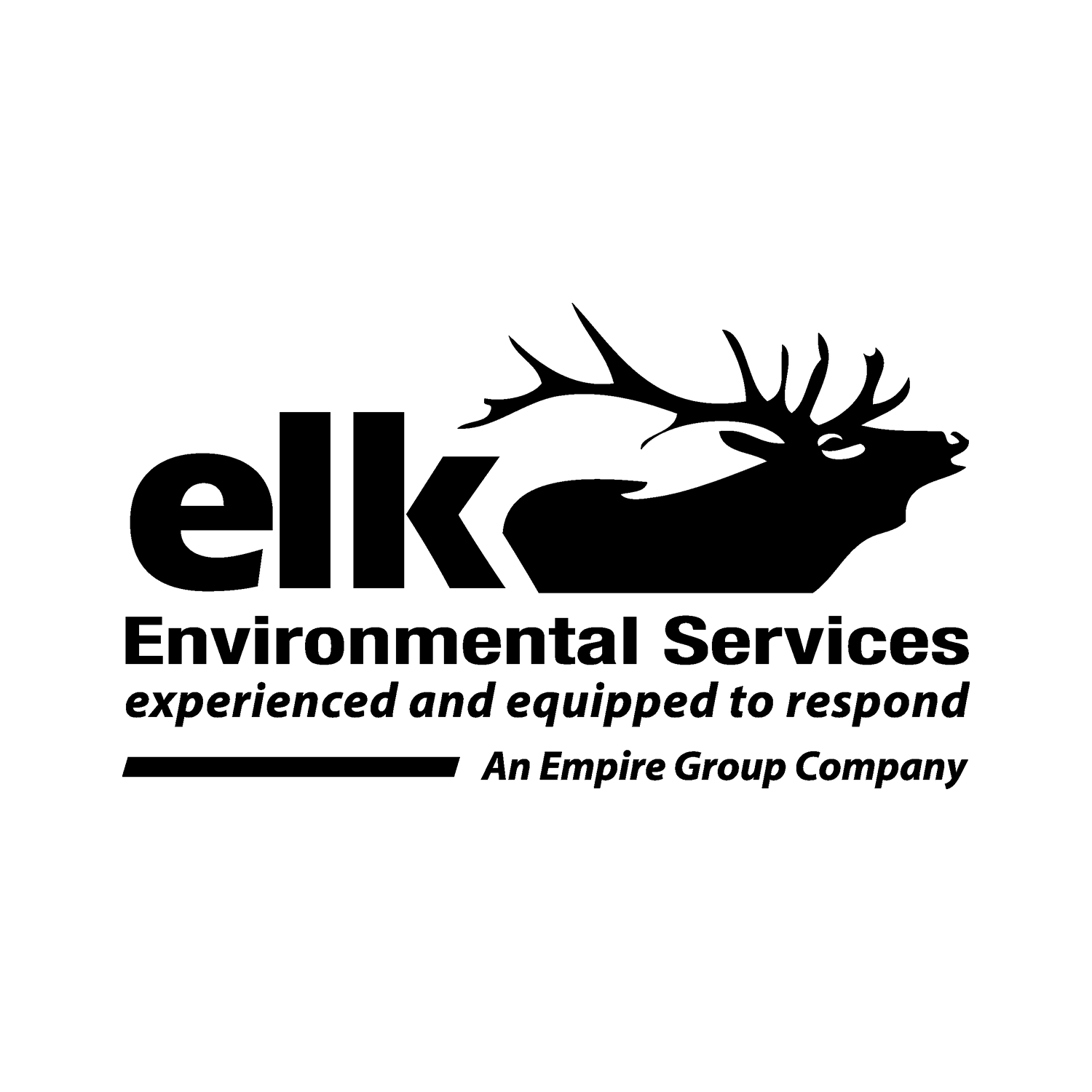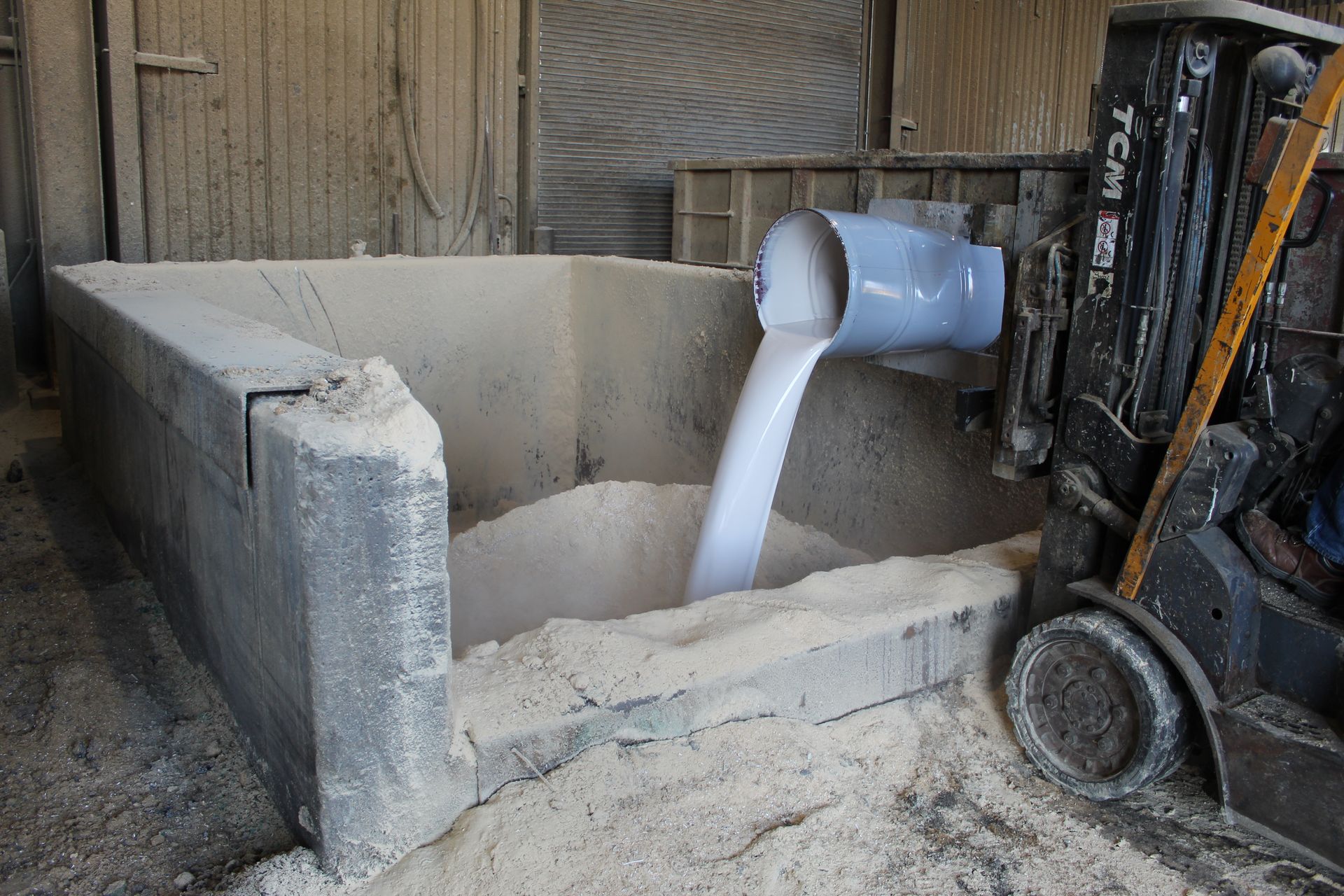
Waste management is a critical component of environmental sustainability, public health, and regulatory compliance. Among the many techniques used to treat and handle waste, solidification has emerged as a highly effective method for managing non-hazardous materials. But what exactly is solidification, and why is it so important in waste treatment?
In this blog, we’ll provide an overview of the solidification process in waste management, explore its benefits, and environmental professionals are increasingly turning to this method to handle complex waste streams.
What Is Solidification in Waste Management?
Solidification is a physical process used to convert liquid or semi-liquid waste into a solid, stable mass. The goal is not necessarily to detoxify the waste, but to reduce its mobility, prevent leaching, and make it safer to handle, transport and dispose.
This is typically achieved by adding binding agents such as cement, lime, fly ash, or proprietary chemical blends that interact with the waste material, forming a solid matrix. It’s important to manage the moisture to achieve the right consistency. Also, the final product must remain stable over time without significant swelling or shrinking.
Common types of liquid waste that are solidified include brine waste, car wash cleanout, catch basin grit, grease trap waste, process sludges and tank cleanouts. At our transfer station, common liquid wastes include drainage water, oily wastewater, and ground water.
Benefits of Solidification in Waste Management
Implementing solidification offers several critical advantages:
1. Minimizes Environmental Risk
By immobilizing hazardous constituents, solidification prevents contaminants from leaching into groundwater or escaping into the air. This is especially vital when dealing with heavy metals, sludges, or industrial byproducts.
2. Enhances Safety in Handling
Solid waste is generally safer and easier to handle than liquid or semi-liquid waste. It’s less likely to spill, splash, or react with surrounding materials.
3. Improves Waste Disposal Options
Solidified waste can often be disposed of in approved landfills, particularly non-hazardous landfills if the solidification process sufficiently stabilizes the material and meets regulatory standards. Once solidified, our team transports the solid waste to an approved landfill.
4. Cost-Effective Solution
Solidification can reduce transportation and disposal costs by converting bulky or difficult-to-manage waste into a more compact and manageable form.
Regulatory Compliance and Standards
Solidification must meet local, state, and federal regulations—particularly EPA guidelines for hazardous waste treatment. Tests like the TCLP (Toxicity Characteristic Leaching Procedure) are used to determine if the treated waste can be classified as non-hazardous. At Berks Transfer, a certified employee tests the materials before they are emptied into one of our three 12,000-gallon solidification pits to ensure they are safe to be solidified and compliant.
As the pressure to manage waste safely and sustainably grows, solidification continues to prove itself as a practical and powerful method in the waste management toolkit. It provides a cost-effective, compliant, and environmentally responsible path forward. At Berks Transfer, you can count on safe, affordable solidification of non-hazardous waste, and we prepare it for transportation and disposal. Contact us today to learn more!
